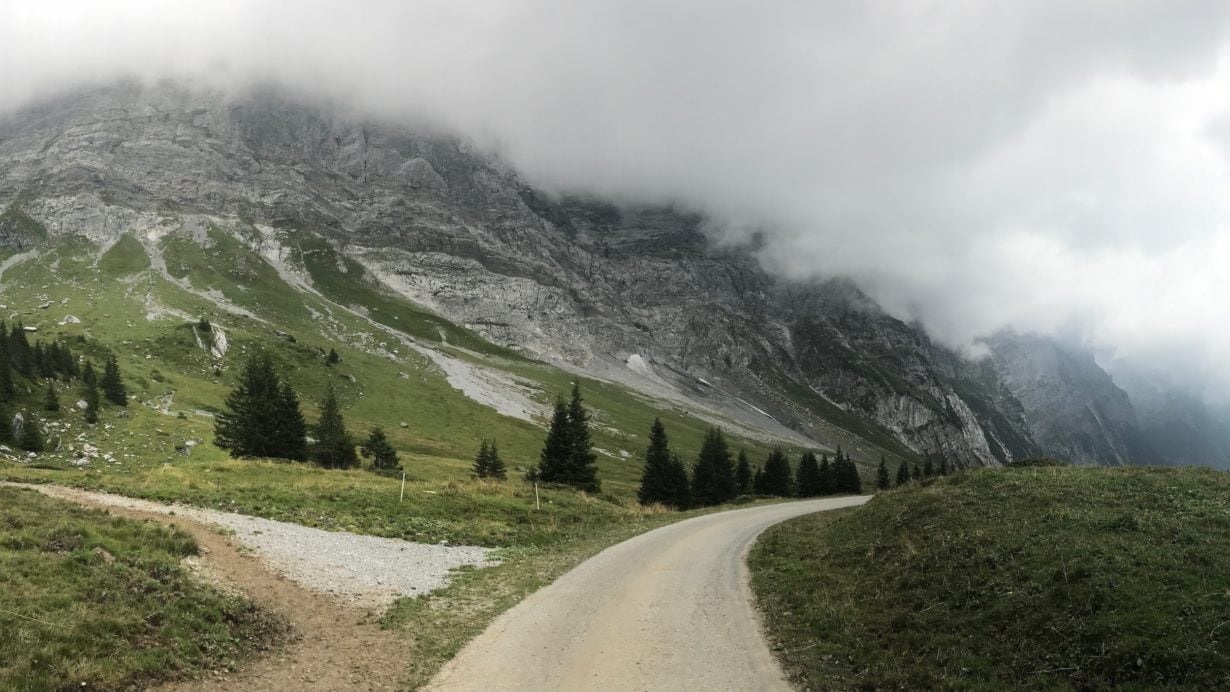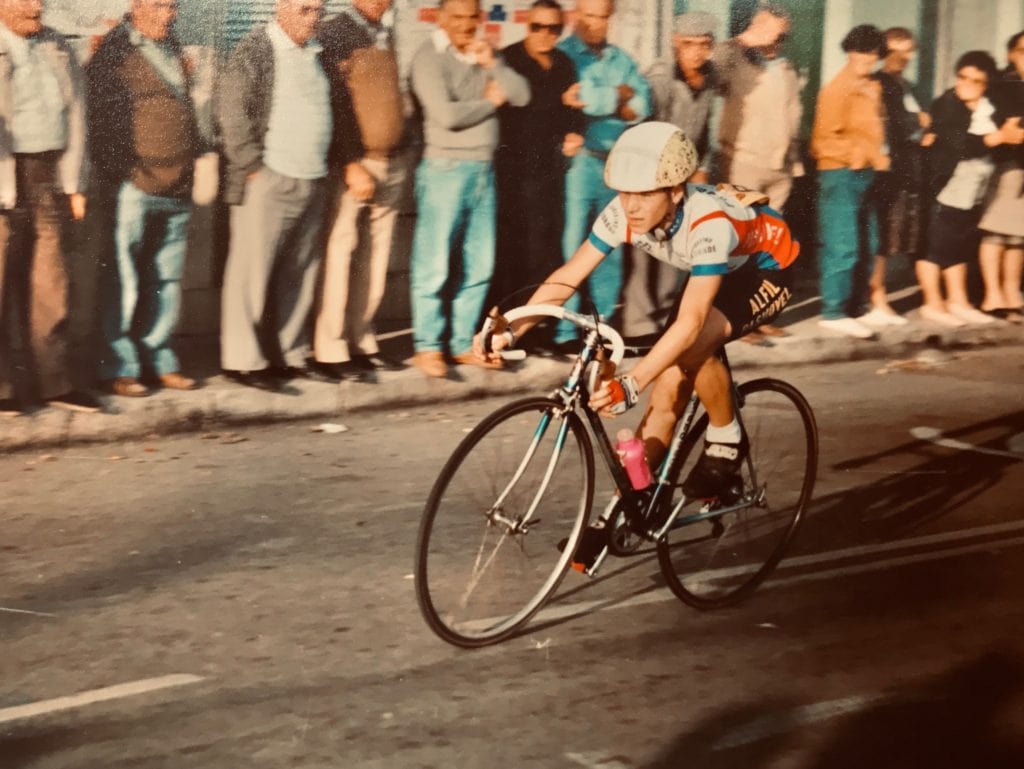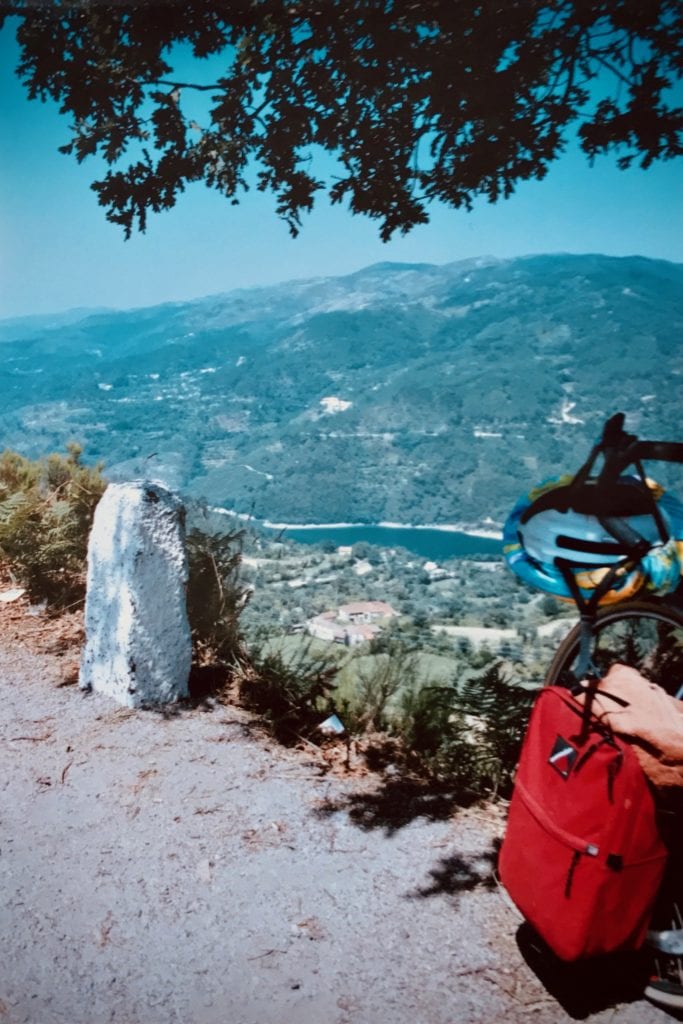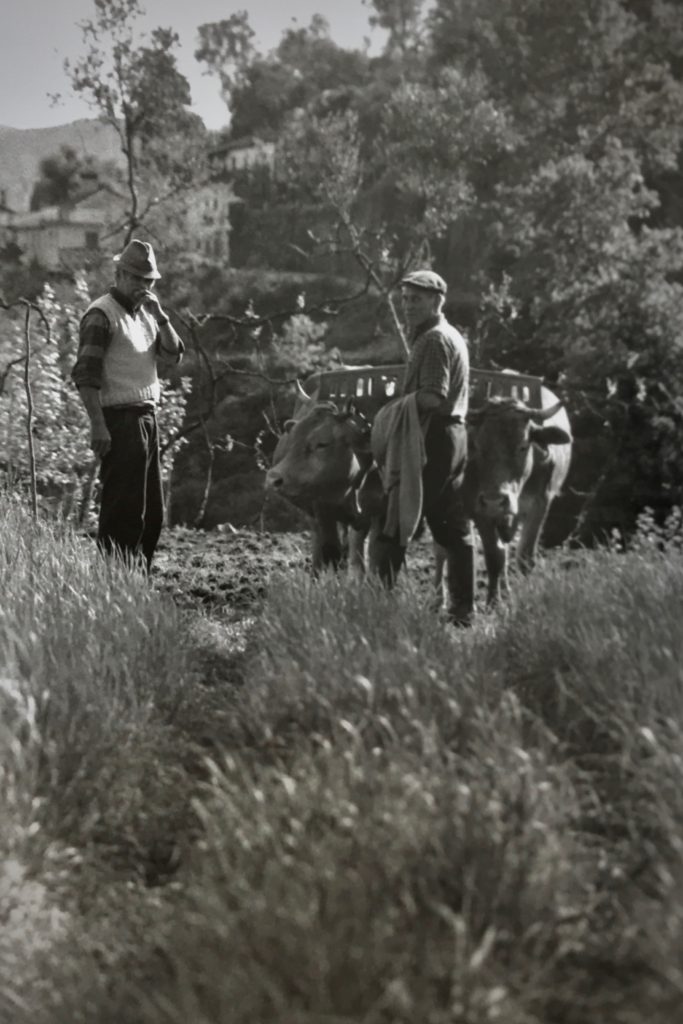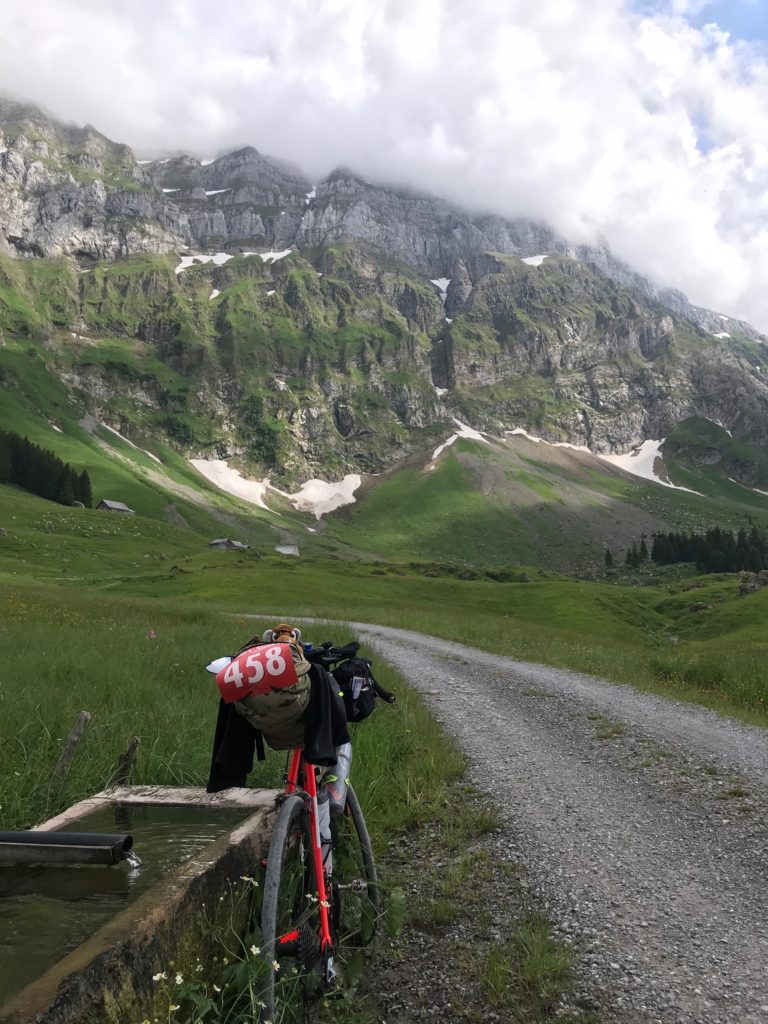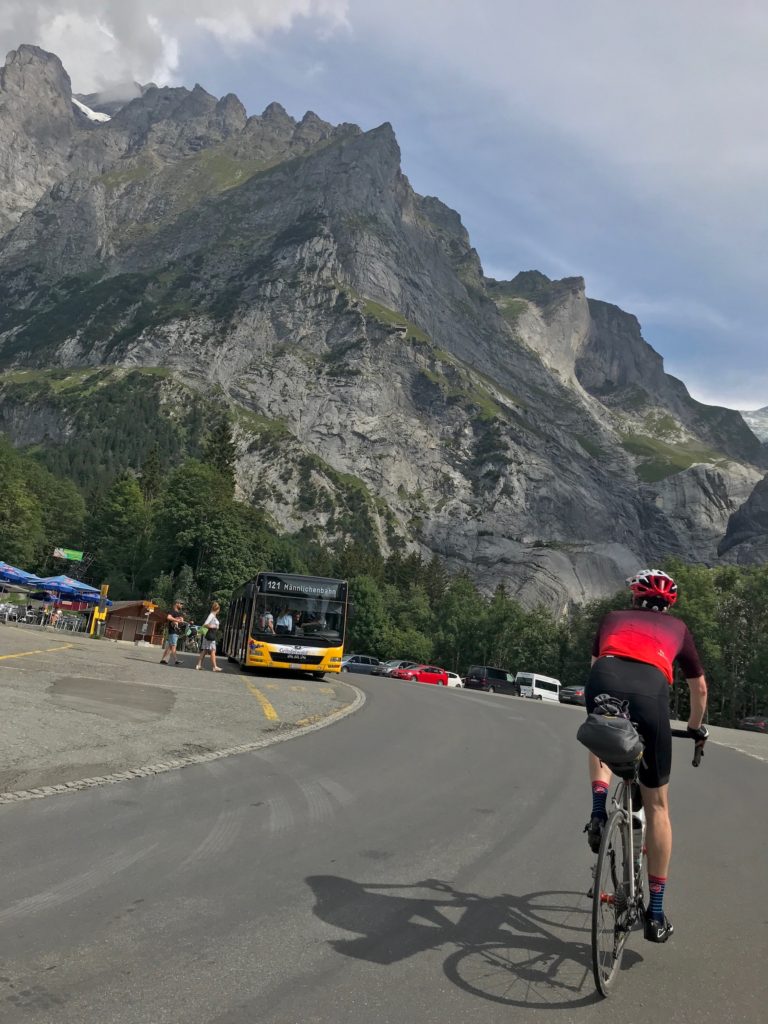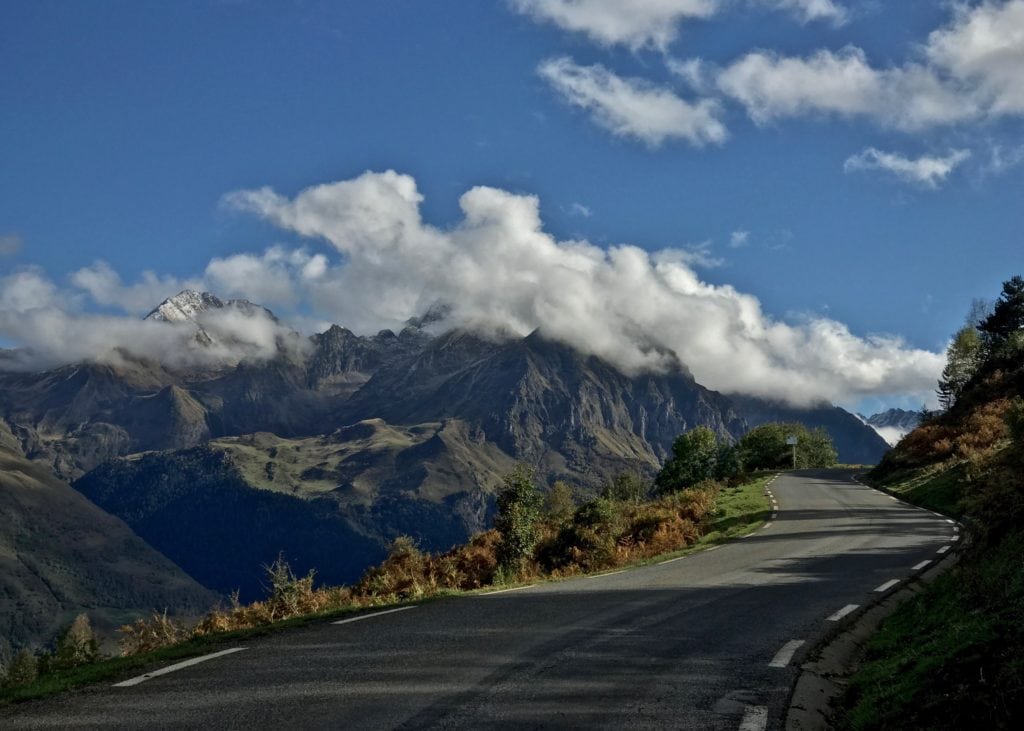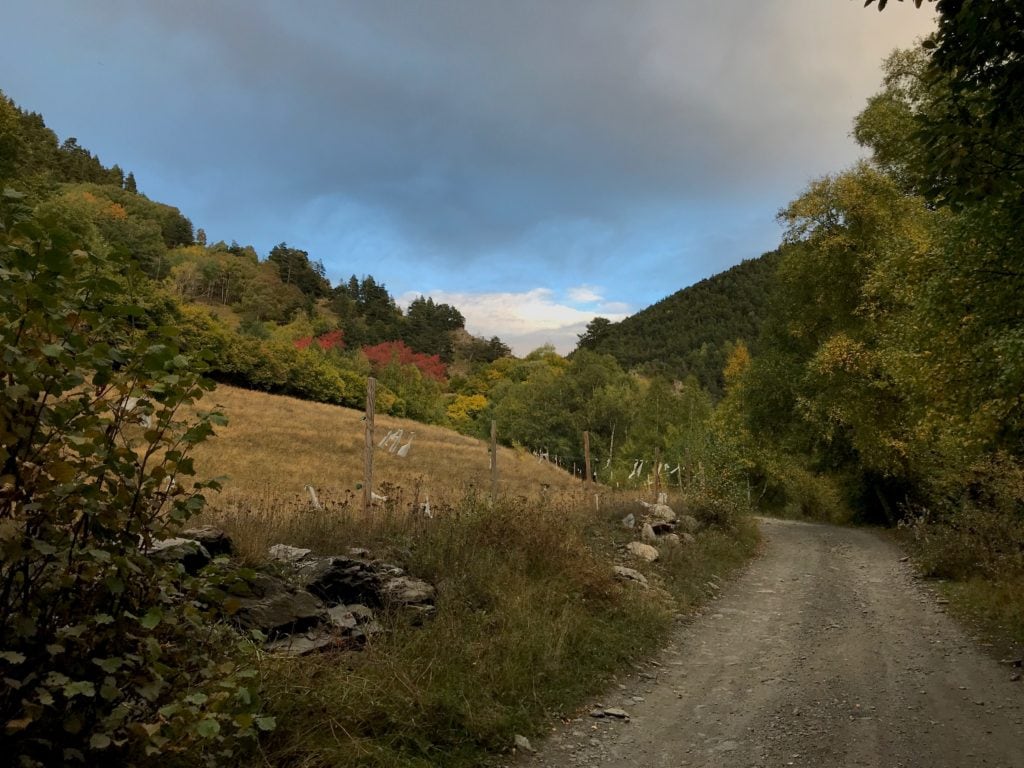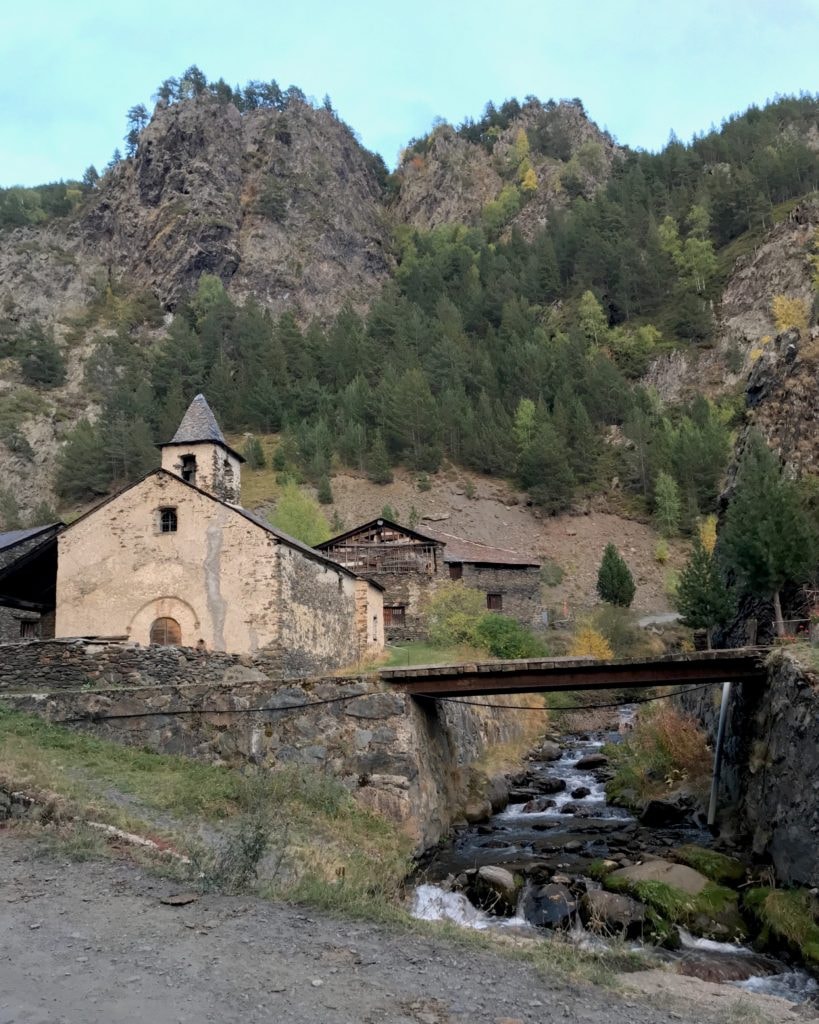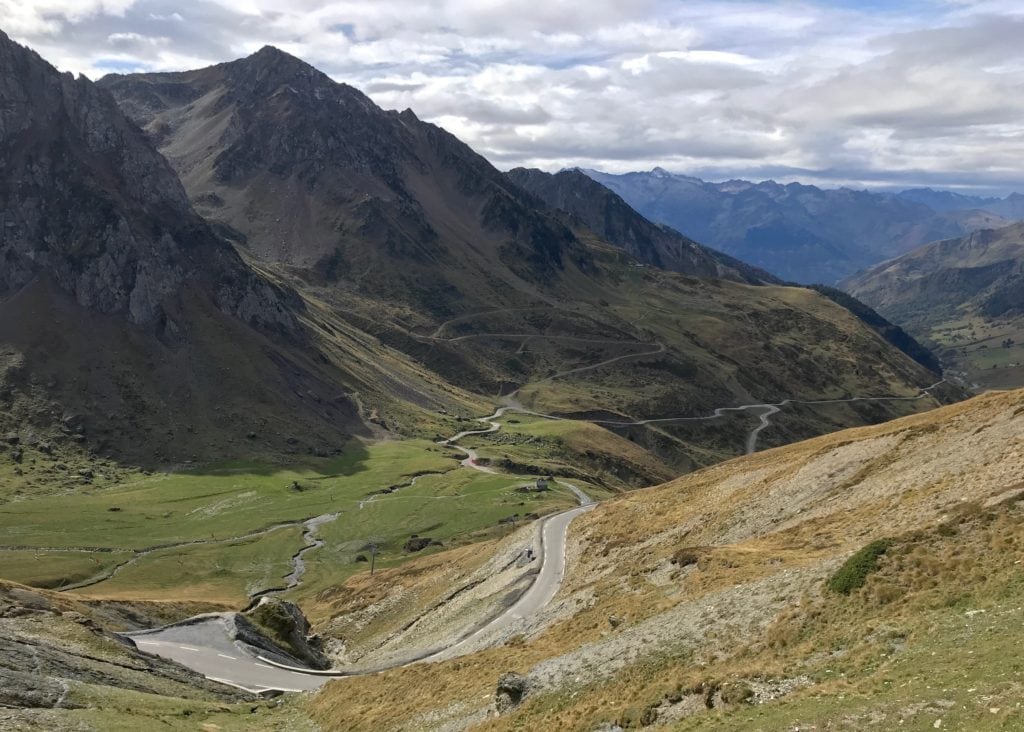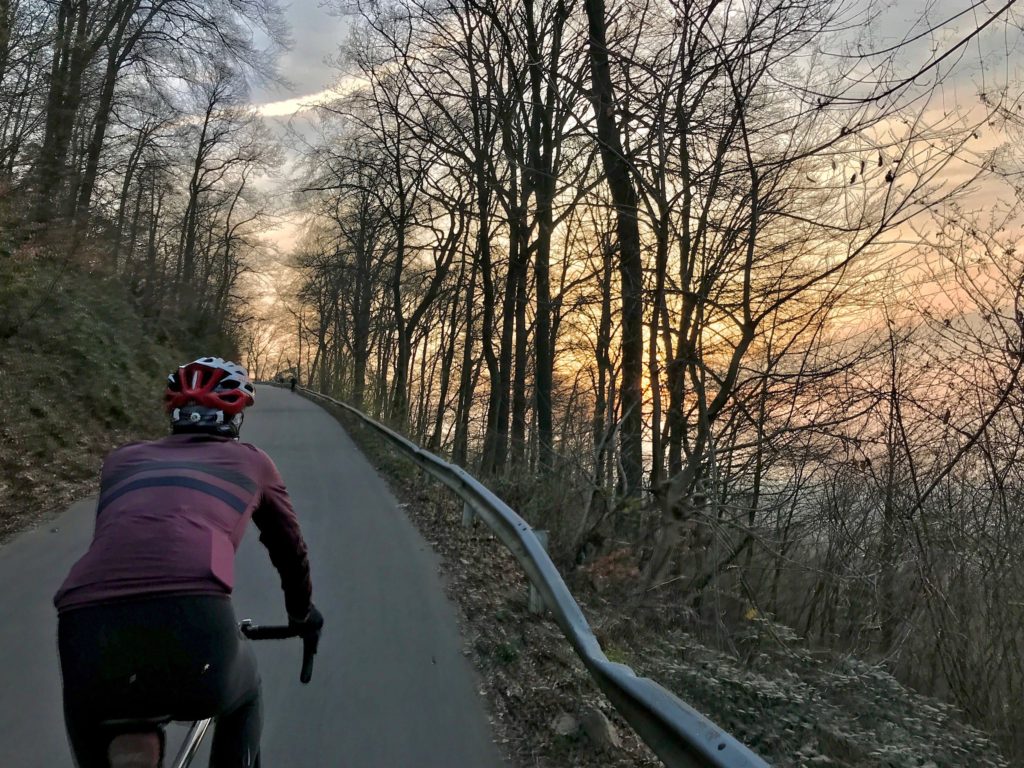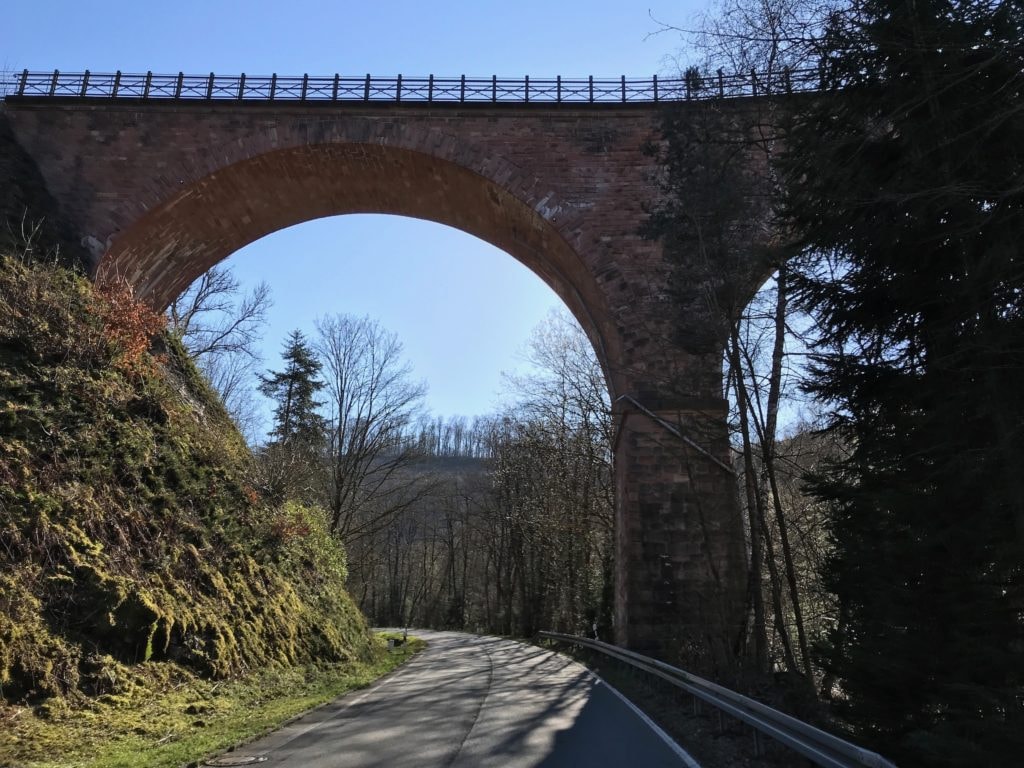I love exploring. Among my earliest childhood memories are (unsanctioned) wide-ranging solo escapades by bike. My parents didn’t always approve: I was probably only 4 years old then.
Growing up near the East Frisian coast in northern Germany, there were no hills. In such a perfectly flat landscape, a bike propels you much further out than a tiny kid’s legs and feet ever could by themselves. But there’s the headwind. It’s always on, and the older you get, the longer you learn to endure it, increasing your exploration range.
By the age of 15, I meticulously planned my routes to cover roads and places I had not yet visited. They were few and far between. But everything was still flat. The most steep ascents were the “Wurten” (engl. Terps), artificial mounds on which churches and sometimes entire villages had been built to withstand the winter floods. They rarely exceeded 10 meters above sea level.
Apart from a few hills in France (Normandy) and England (Midlands), it was Portugal that first introduced me to mountains in the true sense. It was there that I also watched a bike race for the first time, live. But after ticking the really rugged and steep roads of northwestern Portugal (Minho) off some outdated military maps, it took a quarter of a century for me to really fall in love with riding up hills.
Following two decades practically without cycling, I decided to “invest” in a Cannondale CAAD10 race bike. At the age of 38, triggered by my first stay in the high Alps of France, I had learned and made snowboarding my favorite outdoor sport, eventually working towards a trainer license. Complementing that with indoor workouts felt kind of boring after a while. I needed a bike.
I was convinced I had outgrown bike touring and long-distance rides. It would be purely for cardio training over the warmer months. About a year and not much cycling later, a beer-induced WhatsApp response to some of my riding buddies had me sign-on for a Vosges mountains weekend escape … oh boy, was I unprepared!
So far, I had successfully avoided the hills and low mountains around Mannheim, mostly sticking to the flats. “I am from the low countries, riding mountains is not my thing!” But that bikepacking trip changed everything: Foolishly, once we had crested the first col, I let the others roam the “Route des Crêtes” and descended again. On my own, I cycled the Rhine valley to Colmar and eventually started the ascent up roughly 1,000 meters to our destination, the Col du Bonhomme. On the D415 in France, I promised myself to never again shy away from a climb.
That was 2016. Since then, I organically turned a CAAD12 racer into my FrankenBike of sorts, specifically for longer and ultra-distance touring over steep terrain. And I systematically designed my routes to include hills, sometimes even as many as I could fit. In 2018 I discovered the joy of exploring as well as crossing the Alps by bike, and the Vosges again. But I was and still am a slow climber. And there are always plenty of slumps and setbacks, job-related, personal, life.
While emerging from one such dark place and on a whim, I stubbornly applied for and then finished the 2019 inaugural Trans Pyrenees Race (TPRNo1). Out of contention, as Lanterne Rouge, I rolled into Biarritz after crossing the length of that mountain range twice, from the Atlantic Ocean to the Mediterranean sea and back again. Those two weeks of 1,700 km and 33,000 m, through unknown territory, on all kinds of roads, finally sealed it: I would continue scaling more hills and mountains around Mannheim throughout the winter.
The immediate area around Mannheim is mostly flat but bordered by two low mountain regions: to the west, the Palatinate Forest, and to the east, the Odenwald. The latter especially is somewhat less densely wooded and has a lot of minor and really small connecting roads, on the ridges, in the valleys and in-between. Historically, the Odenwald was sparsely populated, only settled in recent times. But being located in the heart of a region where peoples from most of humankind have lived, traded and migrated forever, some of the roads have been or follow paths established centuries, even millennia ago.
Some are known to have been paved or at least maintained as part of their extensive road network by the Romans. So, once you know your route (or don’t mind exploring), the meters of ascent you easily accumulate during a ride up and down those hills rival rides in the Alps or the Pyrenees (except for altitude). As does the number of sites of ancient or recent history hidden away in forests and hills all around.
Fast-forward a few weeks and we are in a situation only few could have imagined. In Germany, we were and still are lucky to an extent. At least for now, we can still ride our bikes outside, mostly limited to solo or 1+1 adventures. And that’s what I have been doing all along, as it is likely one of the healthiest ways of social distancing, for myself and for society.
Despite all restrictions, set-backs and hardships, the world around us is beautiful and will stay this way, lying in wait until we venture outside again.
This post was first published on March 25, 2020, in the weekly newsletter for VeloClub members, as part of the From Where I Ride series. — Kudos to Andy van Bergen for letting me share my thoughts as a fellow cycling enthusiast. VeloClub (VC) is CyclingTips’ subscription-based membership program. I was not promised payment or any other material benefit for my contribution to VeloClub. On the contrary, I hope to have benefitted the VC community.

